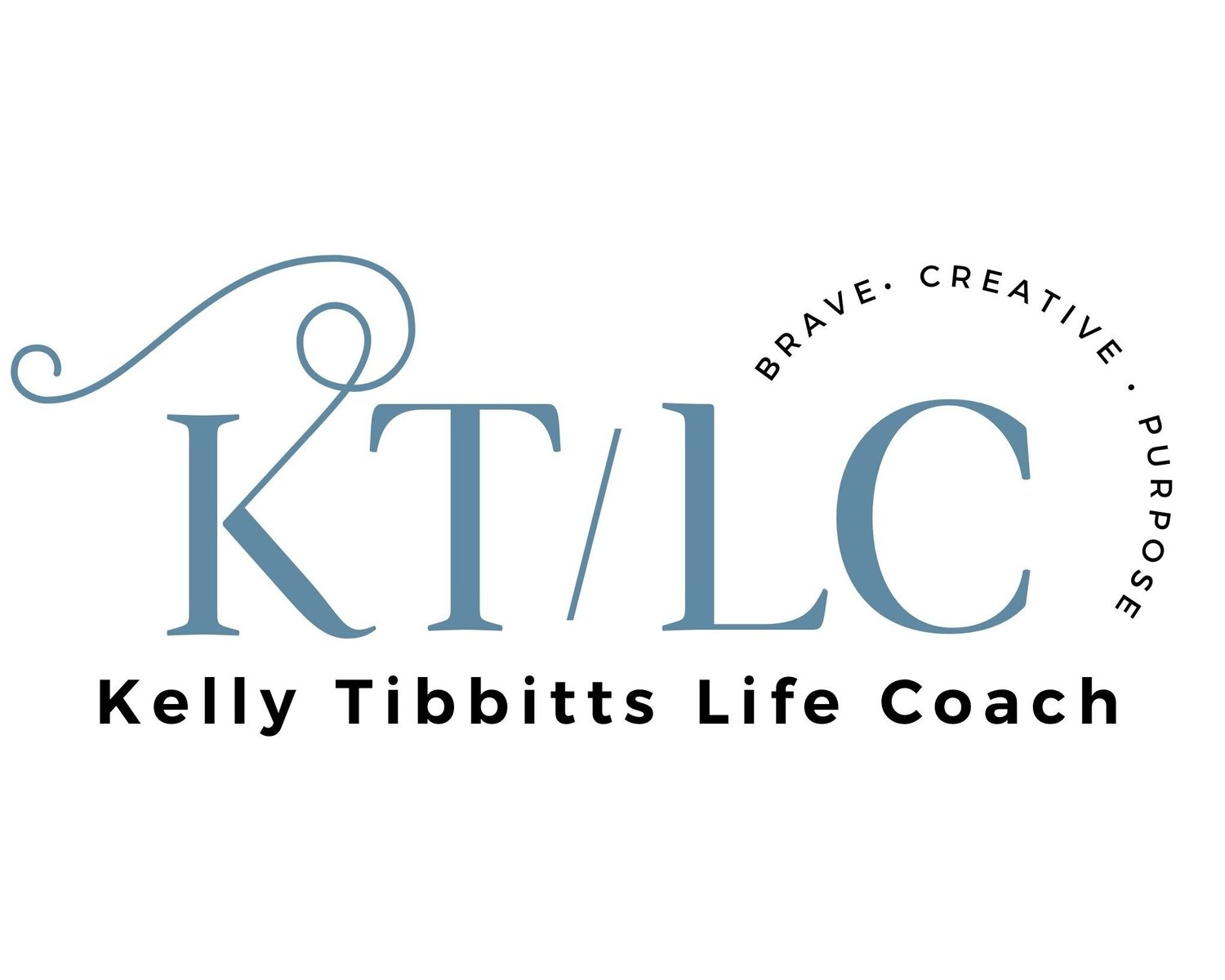Identify your why! Connect with Kelly to learn why you think, feel and do life the way you do.
Triads-
Centers of intelligence: Thinking ( 5, 6, 7), Feeling ( 2,3,4), & Body( Somatic) (8,9,1)
Interpersonal Coping triad- How we try to have our needs met
Assertive (3,7,8) React to stress with expanding self, not backing down- infer meaning is connected to them
Dutiful-compliant (1, 2,6,) React to stress by serving others- Live with “Should and Ought to”
Withdrawn(4, 5,9) Move away from the relationship in response to stress
Conflict Coping Triad- How we respond when needs are not met
Reactive- 4,6,8 want others to match the intensity
Logical- 1,3,5 Stay calm and non-reactive
Positive 2,7,9 Optimistic and avoid negative emotions
Relational Style Triad- Expectations for relationships
Attachment- 3,6,9 Adapt to relationships
Frustration 1,4,7 Frustrated when the ideal is not met
Rejection 2,5,8 - use their “one gift” to avoid rejection
2 heart
5-mind
8- strength
To learn more, read “The Complete Enneagram” by Beatrice Chestnut.
27 Subtypes
Each of us is hardwired with three instincts: Self-Preservation, Social, and One-to-One (sexual). These are necessary for our survival.
The Self-Preservation instinct helps us take care of our safety, health, and well-being, and obtain all the resources needed to sustain life.
The Social instinct helps us to be aware of other people (both in intimate situations and in a group) and how our actions and attitudes affect those around us.
The one-to-one (sexual) instinct helps us to have an intense drive for intimacy and constant awareness of the “chemistry” between ourselves and others.
We use all three instincts. Our instincts profoundly affect our behaviors. One is more dominant and highly influences our personality Type. The second we use less often and the third one is repressed and considered a “blind spot.”
Each Enneagram Type has three subtypes (creating 27 instinctual subtypes) that look very different from each other.
Once you know a person’s instinctual subtype, you can understand that person’s focus of attention, motivation, and internal drive in greater detail.
SELF-PRESERVATION This instinct focuses its attention on issues that are related to survival and material security. Energy is directed to one’s safety, security, energy reserves, and well-being concerns. They focus on things like temperature, shopping, decorating, and other physical needs to bring them comfort and security.
They tend to be more grounded, practical, serious, and introverted.
SOCIAL
• People with this instinct are highly aware of other people, and focus their attention on belonging, recognition, and their relationships within social groups.
• They have more of a “herd” mentality, focusing on ensuring their survival within their family, social sphere, and community.
• They focus on how much power or standing they have in a particular group. They are highly aware of how their actions and attitudes affect those around them. They seek a personal connection with others, want to stay in contact with people, and be involved in their world. They focus on having a positive impact on the people and world around them.
They tend to be more warm, open, socially aware, and engaging with others.
ONE-TO-ONE (SEXUAL )
• Many people will misidentify that this is their main instinct because they desire to have a “one-to-one” relationship with another person. However, all three instincts want an intimate one-to-one relationship, but for different reasons.
• These individuals are characterized by an intense drive for intimacy. They are always aware of the “chemistry” between them and another person. They immediately know if there is an attraction (or the lack thereof) between themselves and another person.
• These people are always moving toward intense stimulation and intimacy in relationships and activities.
They are the most “energized” instinct group, often making them more competitive, aggressive, charged, and emotionally intense (compared to the other instinct subtypes). Deep relationships bring them great satisfaction.
Stress & Health
Alignment, Understanding Lines and Arrows.
The LINES are paths we take when we are under stress and when we are healthy
When healthy 3---> 6----> 9---> 3
In stress 6---->9----->3---->6
When healthy 1----> 7---> 5-->8---->2----->4--->1
In stress 7---> 1----> 4---> 2--->8---->5----->7


